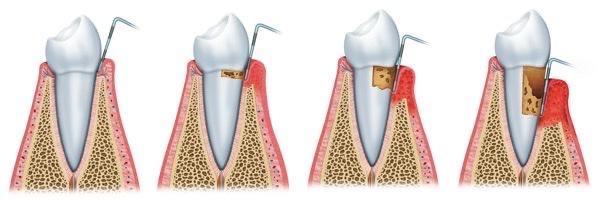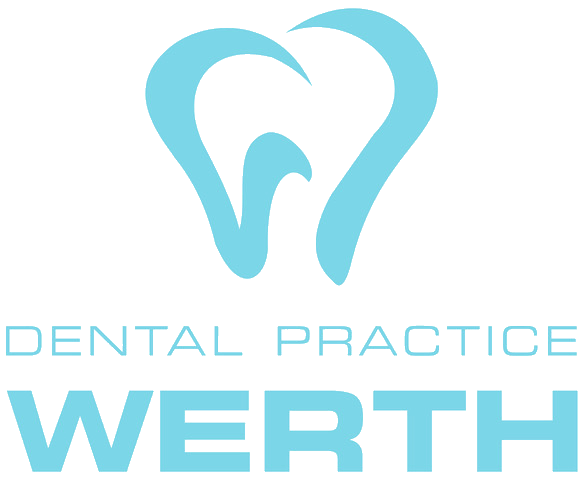Paradontitis
Periodontal disease is characterized by red, inflamed, bleeding, or receding gums, as well as bad breath, painful chewing, and motile teeth.
The main etiological factor is the accumulation of bacterial plaque, usually due to improper brushing that causes gingivitis or inflammation of the gums. If this is maintained over time, or the patient has a genetic predisposition to develop periodontitis, the loss of the bone that supports the teeth begins.
Conditions that facilitate the emergence of periodontal disease:
- Diabetes, pregnancy, tobacco, poor dental hygiene, stress, malnutrition, some medications
- Poorly fitted dentures and fillings, dental crowding, deep grooves, or anatomical defects.

Important: Gum problems DO NOT HURT in the vast majority of cases.
Periodontal disease can be CURED! With periodontal disease treatment, we are able to stop the loss of bone, but it is also necessary to maintain for life, both at home and in the office (to access areas where the patient does not arrive and prevent recurrences).
Periodontal Disease Treatments
Periodontal therapy begins with a consultation and examination to determine the stage of the disease and develop a treatment plan. Depending on the stage of the disease, several treatments can be applied:
Periodontal Maintenance or Prophylaxis
It is recommended at least once (in some cases two or three times) a year for healthy patients, according to the diagnosis of our hygienists. The plaque and tartar are removed, which with our usual cleaning at home we cannot remove.

